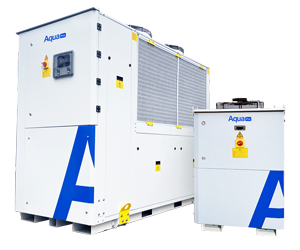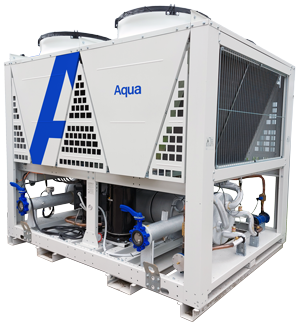Choosing the right heat pump for industrial applications depends on the specific heating needs and operational conditions of the facility. There are 3 main types of heat pump, air to water, water to water and reverse cycle. Any manufacturing process that requires heating and has a waste heat production from that or other processes can benefit from heat pumps. Common applications include pasteurisation, pre heating of air for drying products, space heating & HVAC, but the list is endless.
When selecting a heat pump, it’s essential to consider factors such as the type of heat source available, the temperature requirements of the process, the climatic conditions of the installation site, and the overall energy efficiency goals of the facility.









